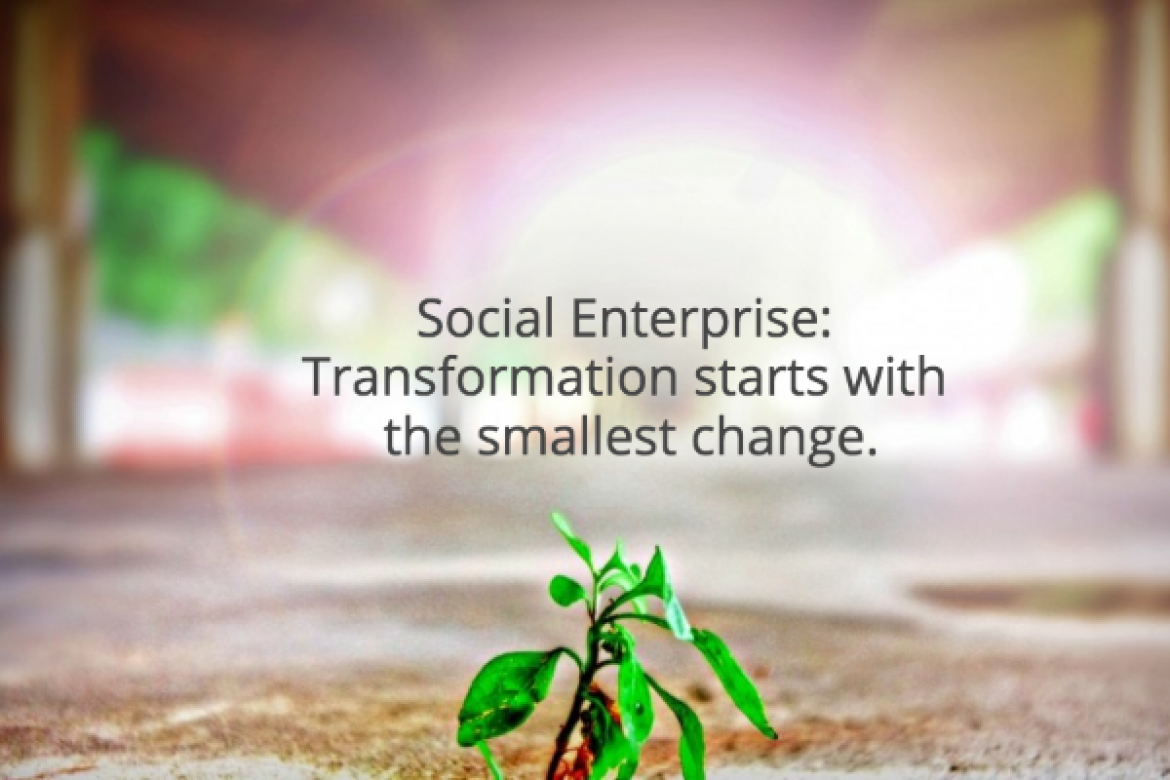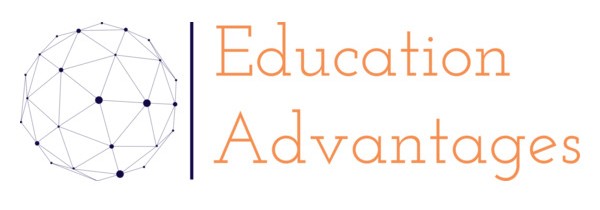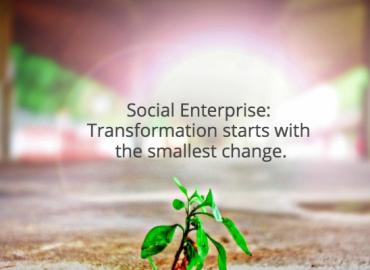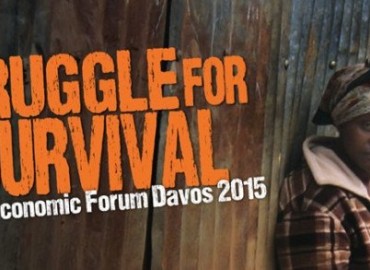8 lessons from the John Howard Society of Hamilton, Burlington & Area’s experience developing a social enterprise to achieve greater impact! – Part 1
The process of developing a social enterprise often results in highly spirited debates about prospective clients, the role of competitive forces, triple bottom line accounting, partners and funders, profits, surplus and social impact. For the John Howard Society of Hamilton, Burlington & Area (JHS), the experience was no different. In early 2014, the JHS team successfully navigated these debates and challenges to develop a social enterprise which leverages the long-standing expertise and knowledge of JHS into training programs grounded in Restorative Practices through the Center of Conflict Resolution & Prevention (CCR&P).
I recently sat down with Dave Stam, Manager of Youth Services to discuss the lessons learned from JHS’s experience developing and launching the CCR&P social enterprise. The interview is completed in two parts. Part 1, of the interview was recently published in the Innoweave blog. The conversation touches on four considerations for organizations interested in social enterprise, including leadership, best practices, strategy and governance approaches. Stay tuned for Part 2 of our conversation in an upcoming Innoweave blog!
Lesson 1: Engage senior leadership support
Princess: The establishment of CCR&P is a major change initiative and as such strong and passionate leadership is crucial for its success. The team at JHS demonstrated the necessary leadership and overcame many of the negative factors that could have prevented the organization from moving forward. Many examples of these factors are the fear of failure, not having access to the best people on the team and the worry about organizational prioritization to support the initiative. What in your view sets JHS apart?
Dave: Most importantly, this project from conception, through to development and implementation had the full support and engagement of the JHS leadership team. This lessened many negative factors and start-up challenges. Our leadership was innovative in their thinking and recognized that there was a need to address current gaps in the skillset within the organization and that it was necessary to think outside of the box about funding and upside opportunities. These insights led JHS to pursue entrepreneurial coaching support for the development of our social enterprise business plan.
Lesson 2: Embrace new business language and best practices
Princess: The business model canvas, an innovation and strategy development tool, has been gaining increasing acceptance across sectors with many not-for-profit leadership teams stepping outside of traditional approaches to develop social enterprises. Overcoming the challenge presented by the use of different terms and definitions alone could lead to resistance within many organizations. In the case of JHS the process of developing and finalizing the Center’s business model spanned a number of months and involved many concepts that were initially new to many members of the team. These included concepts such as ‘unique value proposition’, ‘competitive positioning’, and ‘pivoting the business model’. How did the shift in thinking help with the development of CCR&P?
Dave: There were a number of breakthroughs that helped alter our initial approach and strategies. An example is thinking differently about clients. We were so used to thinking of clients as individuals (e.g. participants in our programming) that the shift to organizations as our clients (as participants in our training) presented a challenge as we implemented our business model. Once we realigned our thinking, new opportunities became evident. Organizations as our clients led to increased reach and capacity and resulted in strengthening and establishing new partnerships. In the area of partnerships, an accomplishment that we are very proud of is the recent endorsement that CCR&P received from Hamilton Regional Indian Centre in support of JHS restorative practices, a core driver of our new business model.
We are now more open to new frameworks and business language, a key challenge initially. The development of our CCR&P business model provided a framework for our team to implement. It also allowed us to expand our program offerings and pushed the team to become more creative in terms of the marketing of our services.
Lastly, working with a coach provided exposure to best practices and the opportunity to advance our business planning expertise that would not have existed in the traditional funded approach.
Lesson 3: Be creative and strategic when implementing
Princess: The implementation of any business plan is full of challenges. Conflicting project demands, funding constraints and limited resources are a few of the obstacles experienced by new initiatives – What was the approach that JHS used to implement CCR&P?
Dave: Our challenges were generally in the areas of resourcing, having the right people to implement, finding the time to do business development especially, building the relationships that would lead to future sales and developing the necessary expertise to align with key target markets. More specifically, we followed many of the strategies discussed with our coach during the development of the business plan. We started out with a grant-funded project and built capacity through a team of organizational champions assigned to CCR&P. These champions were various leaders within JHS that were highly motivated to see CCR&P succeed.
An important competitive positioning strategy for our organization was to solely utilize in-house expertise to roll out our model in the marketplace. To this end, we set up a five-day internal training on CCR&P implementation. Our market roll out approach was a combination of internal team mentorship and co-facilitated training system to transfer the knowledge necessary to support CCR&P. We then aligned members of the team to CCR&P projects based on their specific areas of expertise with the understanding that they will be replaced in their current roles.
Partner organizations identified in our model provided additional support. To address our business development challenges we started the roll out with our “warm” market. Lastly, we are also continually pursuing opportunities for additional social enterprise grants to build capacity and expand our team.
Lesson 4: Choose the right governance approach
Princess: Early in our business planning process and during the development of the CCR&P business model we discussed a number of governance and organizational structures as options. What is it like to manage CCR&P within JHS?
Dave: This strategic approach significantly reduced the risk to our enterprise. It is a transitional tactic where our social enterprise is subsidized through grant funding for the early years. Our objective is to generate profitable revenues at the level to contribute to sustainability while improving our social impact within three years. Our approach was also efficient in that we were able to go to market faster and to tap into the strengths and skill set of everyone in the current organization. It was a good transitional approach to move to revenue generation while building and gaining confidence.
About: Princess Alexander is a Growth Strategist and Business Coach. She is the President of Alexander Learmond Inc, a strategy management practice assisting organizations with innovation, growth and sustainability. She can be reached at [email protected]
Dave Stam, is the Project Lead of CCR&P and a 25-year veteran of youth and community intervention and prevention services programs, a restorative practice expert, and part-time lecturer.





No Comments